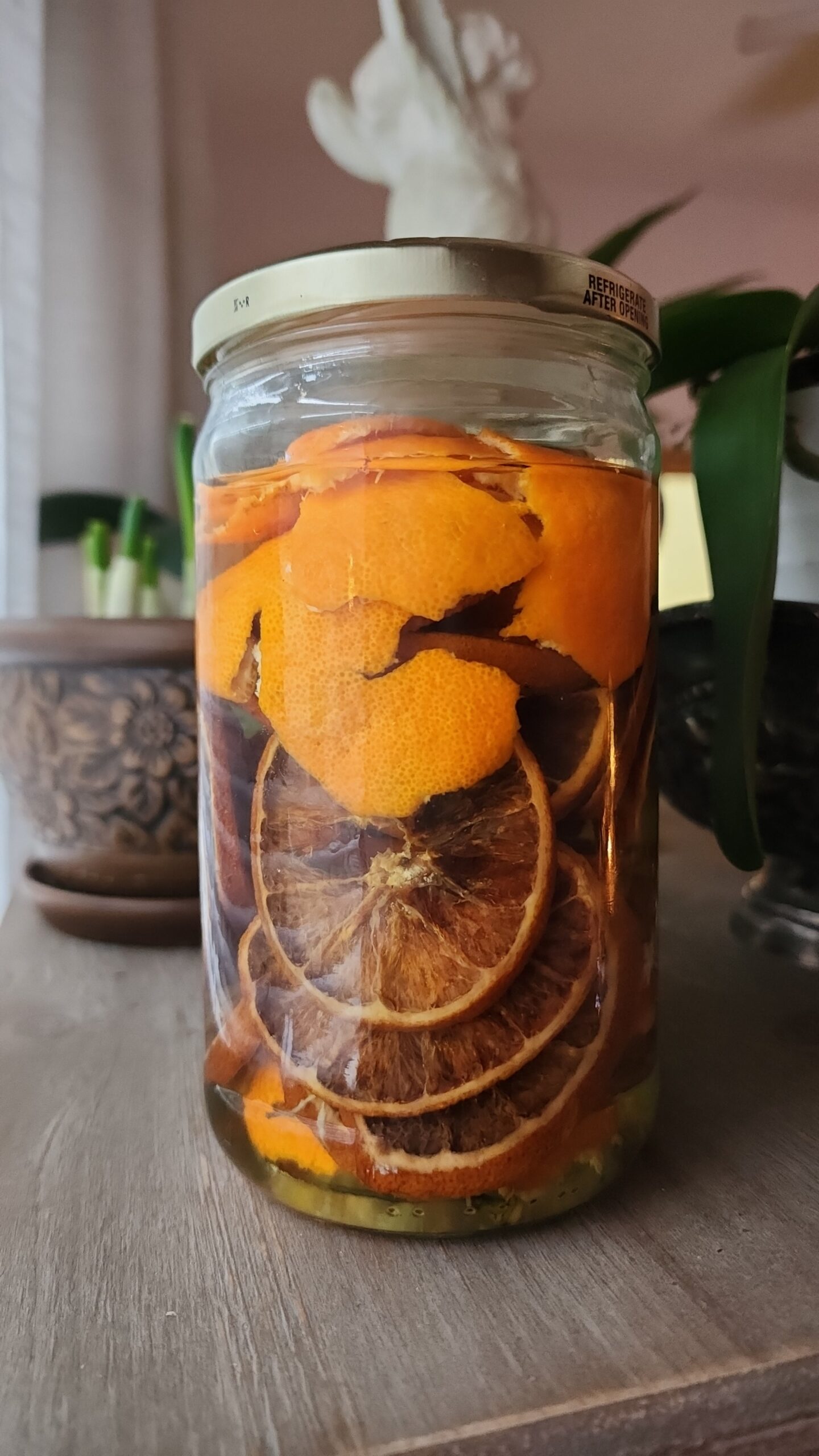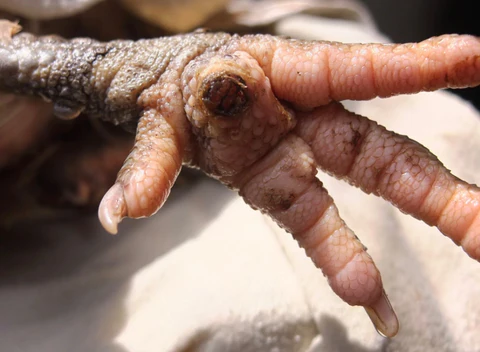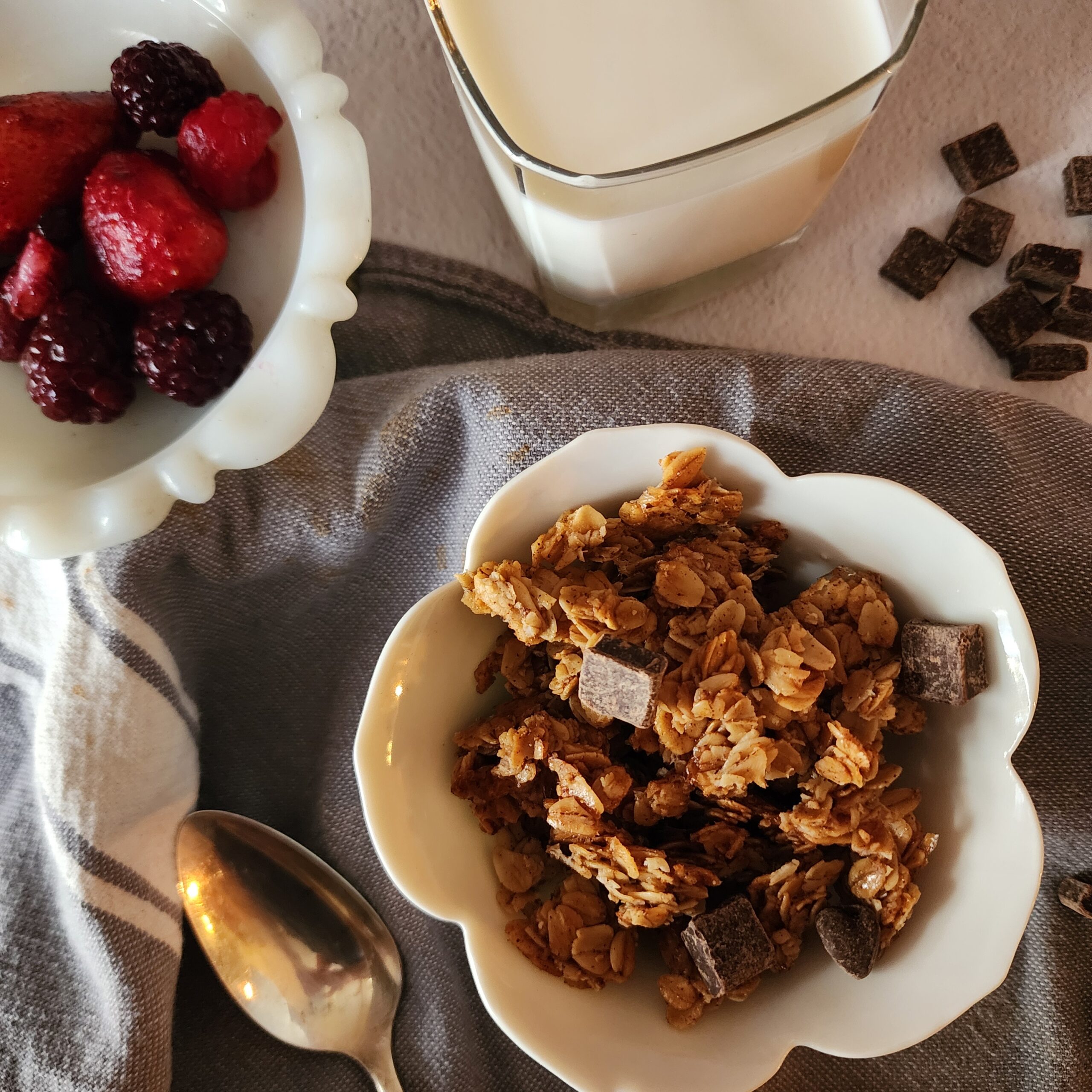How To Winterize Your Chicken Coop
An important part of backyard husbandry is to winterize your chicken coop in the Fall and prepare your birds for the colder weather. Utilizing these simple tips and tricks will ensure that your flock stays warm, healthy, and comfortable during the Winter months.
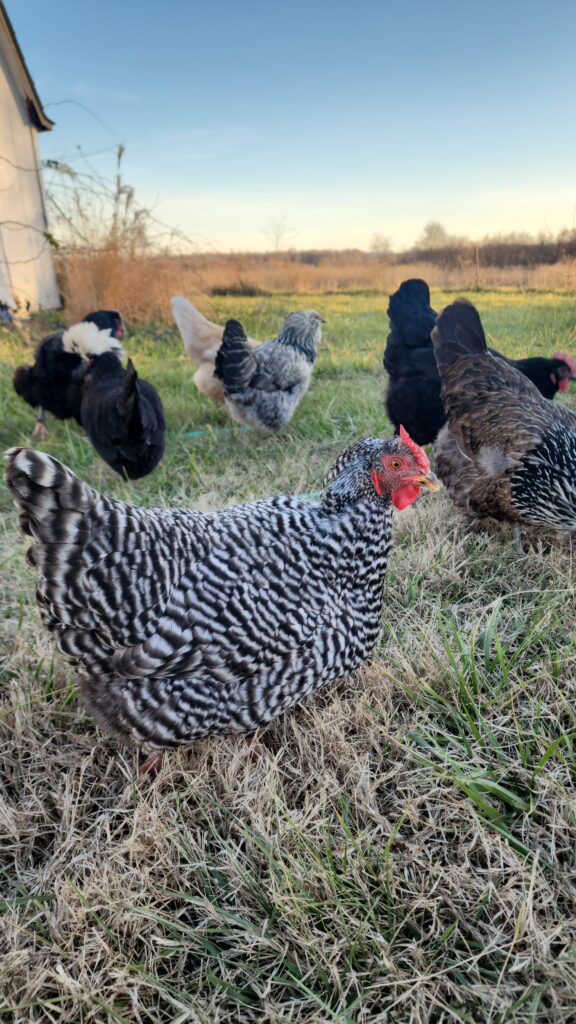
Chickens And Cold Weather
I remember the first Winter with my girls. I was terrified that they would freeze. It wasn’t until in a chicken forum online that someone had pointed out the obvious- Chickens are BIRDS. Birds were created to live outside. Yes, there are many breeds of chickens and some tolerate cold more than others however, they are still birds. They have a way of acclimating to their climate. This is why after sub-zero temperatures or blizzards, you do not see dead birds all over the place. They just know how to adapt.
Why Chickens do better in the cold vs heat
Believe it or not, most chickens tolerate the cold temperatures more than the heat. This is due to the fact that in hot weather, chickens are not able to sweat to properly cool themselves as we do. They do not possess sweat glands. This means that if they do not get adequate shade and water, they can overheat, get very ill, and even lose their life. Chickens can however keep themselves warm in the cold temperatures, even tolerating temperatures of -20 degrees. The key is to make sure they have the things that they need to help them stay warm.
Feathers
The multiple layers of feathers that chickens have can help keep them warm by trapping warm air close to their bodies. In fact, if you ever see a chicken fluff up their feathers, they are doing so to help trap even more warm air.
Perching
Chickens perch at night to sleep. In the winter, this helps them to nestle their bodies over and around their little feet, keeping their skin warm and protected from the cold. Exposed skin in extremely cold temperatures, especially if it gets wet, can often cause frostbite. This prevents that from happening. Make sure your roosts are at least 2 feet off the ground to help give them space from the cold ground.
Huddling
Just like humans and other animals, chickens like to huddle together for warmth. Each of their little bodies generate heat and huddling together keep that heat from escaping the group.
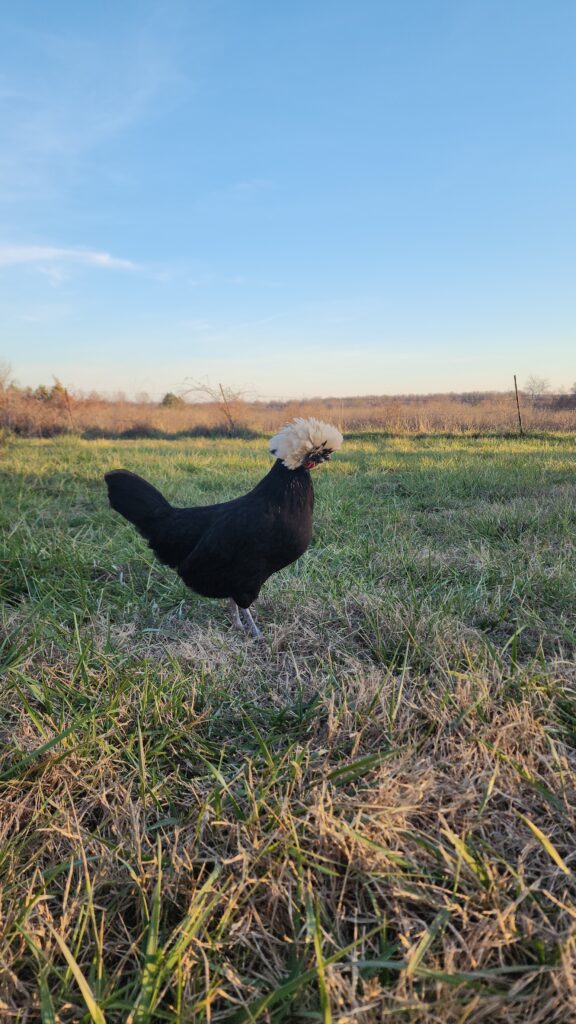
Protect Your Coop From Drafts
We have already went over how chickens are able to protect themselves from frigid temperatures however they are still very vulnerable to drafts. If they are exposed to drafty, freezing wind chills, they can become very stressed. It is important that you seal out drafts when you winterize your chicken coop.
During the Spring and Summer months, I try to provide the girls with extra ventilation to help the breeze and air flow through the coop, keeping them more cool. In the winter however, this can be very drafty. Because of this, in the late Fall, I seal any extra vents to help hold in the heat. Keep in mind, you still need good ventilation to allow the moisture generated by their poo and urine to escape. Ammonia build up is very dangerous for you and your flock. In the coop that I built, I put vents all around the top, and additional vents a little lower near where they perch. I seal these additional vents to help keep the heat from escaping but the moisture is able to exit properly.
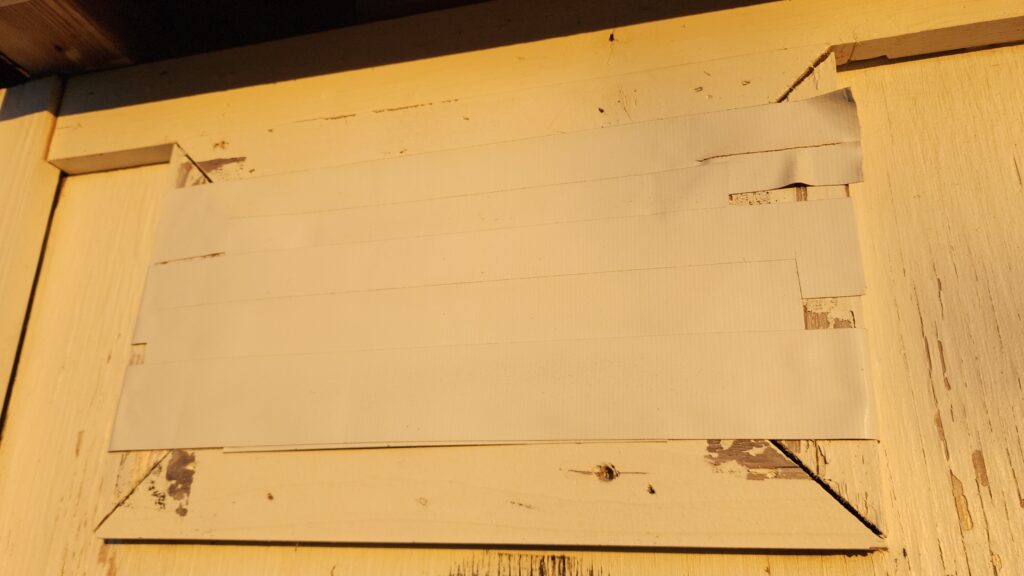
Personally, I like to use this All Weather duct tape in white, just enough to keep the air from creeping through. I tape all gaps in the doors and also these vents. This will take the paint off your coop most likely as you can see above. You can call it a good reminder to paint the coop in the Spring as that is important in maintaining the quality and integrity of the structure! 😅
When we move to Our Manor, we are building an all new coop and I will most likely replace this method with functioning windows. This has worked really well for the past 5 years and it is a cheap and easy option!
Provide Adequate Bedding
It is also important to provide dry and comfortable bedding inside of the coop. Some use saw dust but I much prefer straw. It is not as dusty and actually provides better insulation due to its hollow structure. Straw can trap the heat in more efficiently.
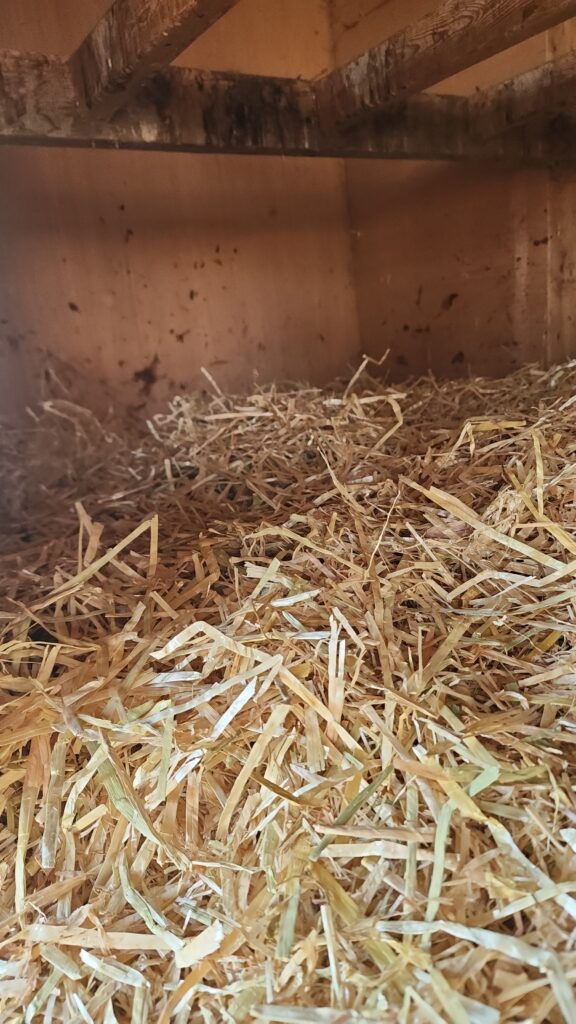
Deep Litter Method
I typically use the Deep Litter Method when it comes to bedding in my chicken coop. It involves starting with a thin layer of bedding and then gradually keep adding more bedding on top. This will absorb excess moisture, and the layers of manure will decompose naturally, allowing for less frequent cleanouts. In fact, the coop stays clean for a very long time. I typically only clean twice per year. Once in the early Spring (hello compost!!) and also in the Fall when I winterize the chicken coop.
Throughout the winter months the composting process will help generate heat, keeping the girls warmer in the freezing temperatures. To help “turn” the compost, you can periodically use a pitchfork or something I do is scatter snacks in the coop. The chickens will scratch and dig for hours looking for every ounce of kernel. Boom, they turn it for you! They also really appreciate the fun activity when things get kind of boring in the gloomy winter months.
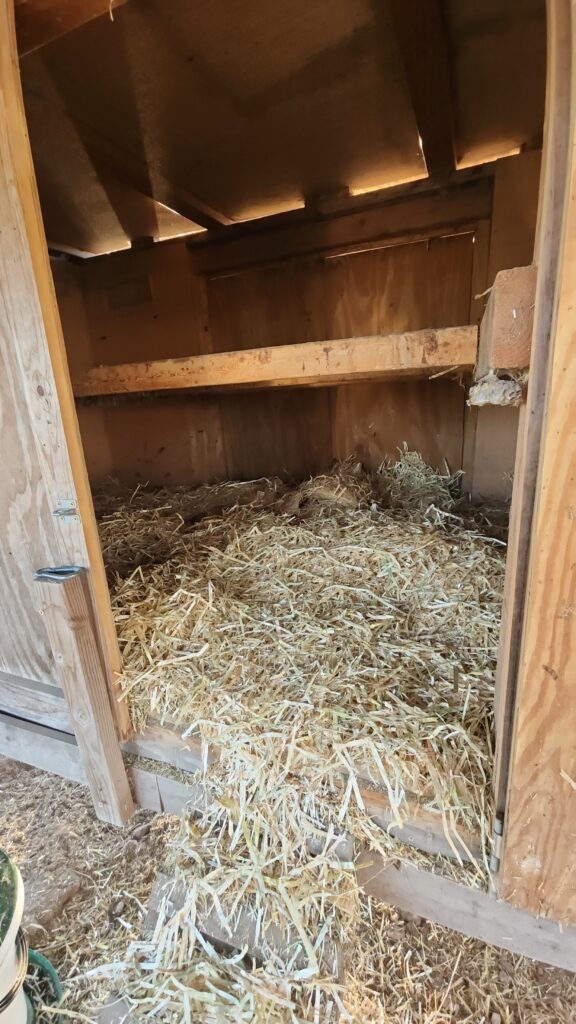
Provide Your Flock with Plenty of Food and Snacks
When you winterize your chicken coop, it is important to provide your birds with plenty of food and snacks during the winter months as they have more energy output creating feathers, laying eggs, and staying warm. One thing my girls love are scatter snacks, especially the ones with grains and cracked corn. These snacks are harder for their bodies to break down and the extra energy output generates more body heat.. Plus they will be scratching, pecking, and moving around a lot helping keep them warm.
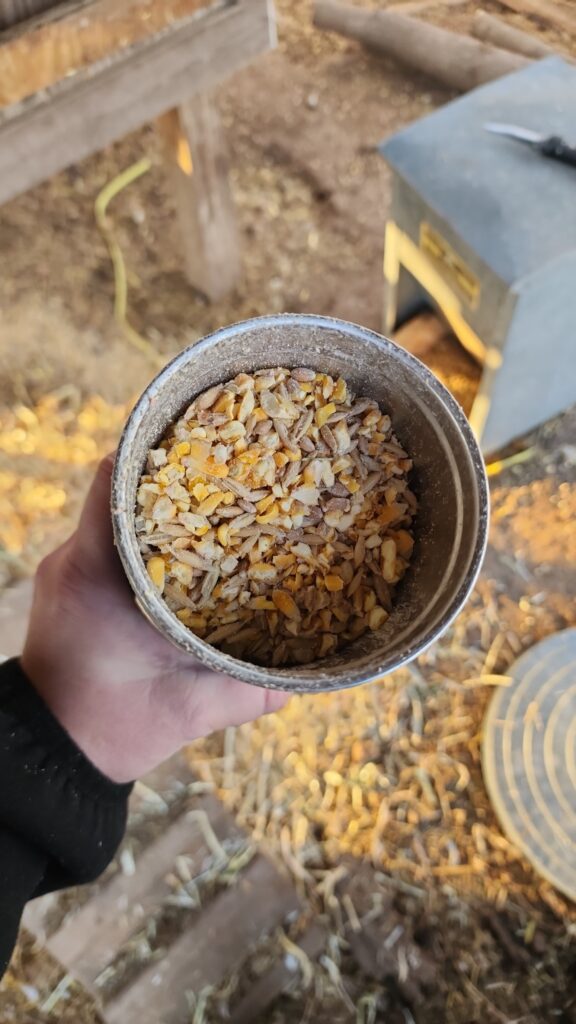
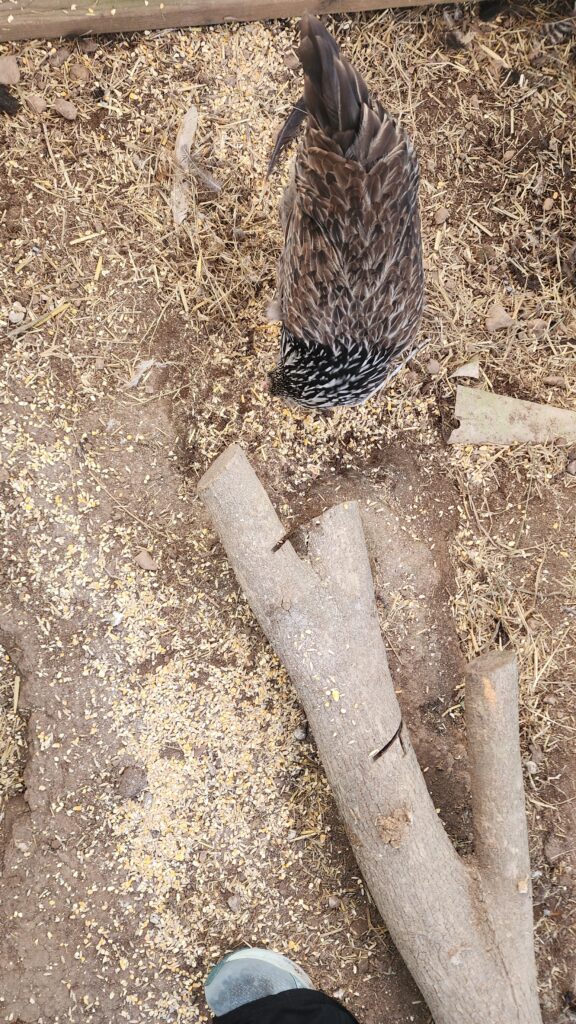
You can also give them other snacks to munch on such as this approved list of vegetables and fruits.
Provide Adequate Fresh Unfrozen Water
When you winterize your chicken coop, it is important that the chickens have access to unfrozen and fresh water. This can pose a challenge due to the freezing temperatures. Sometimes, if you have the space, you can put the waterer inside of the coop. If you have a large coop with extra room or can hold a hanging waterer, that is ideal. You have seen the inside of mine. This would be impossible as the straw would clog the trough and most likely the girls would poo in their water due to where they perch. We opted to use this electric water heater this year. It is great for plastic waterers, buckets, or any small watering devices. Simply plug it in, place in the waterer, and it will keep it from freezing. We have in the past used waterers with built in heaters but were not very impressed. The water still seemed to freeze pretty quickly. I am hoping that this one works well! I will keep you all posted!
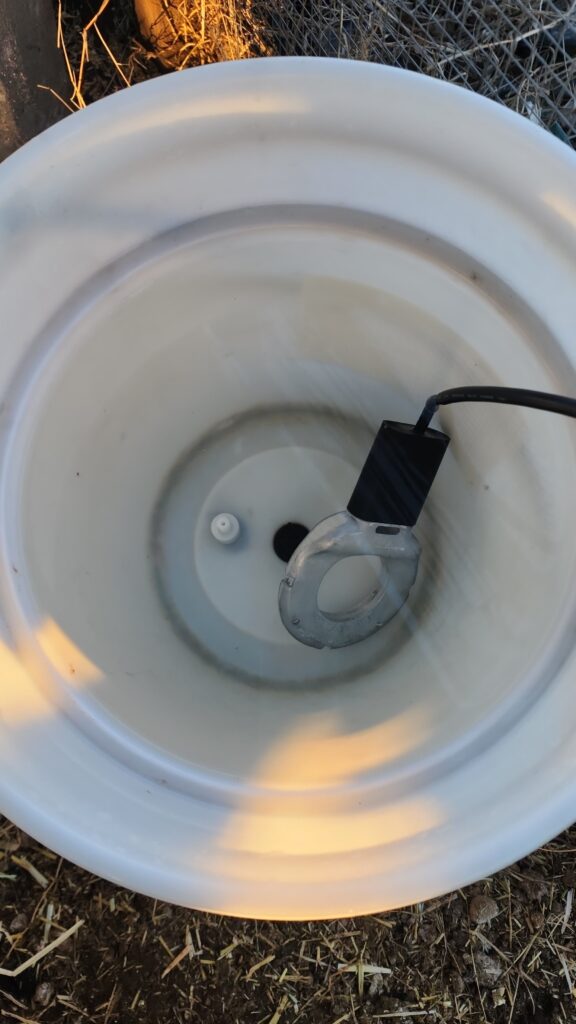
A Warning Against Supplemental Heat Sources
Not everyone will agree with me but please hear me out. YOU DO NOT NEED ADDITIONAL HEAT SOURCES IN YOUR COOP. This especially includes heat lamps and space heaters. When you combine heat sources and straw bedding in a confined space, you have a recipe for an EXTREMELY DANGEROUS SITUATION. Heat lamps reach very high temperatures and if they accidentally come in contact with straw bedding (a chickens knocking it over or it not being hung properly) a fire can ignite rather quickly. This can damage or destroy your coop and your flock. There are many coop fires every year due to heat lamps. Trust me, you do not want to go there.
Another issue is acclimation. When your birds are accustomed to having supplemental heat, they cannot properly acclimate to the seasonal temperatures. If you blow a breaker or the heat source suddenly quits, your birds can ultimately succumb to hypothermia without a means to heat themselves. It is much safer to allow them to gradually acclimate to the cold as the seasons change. That is a natural process after all.
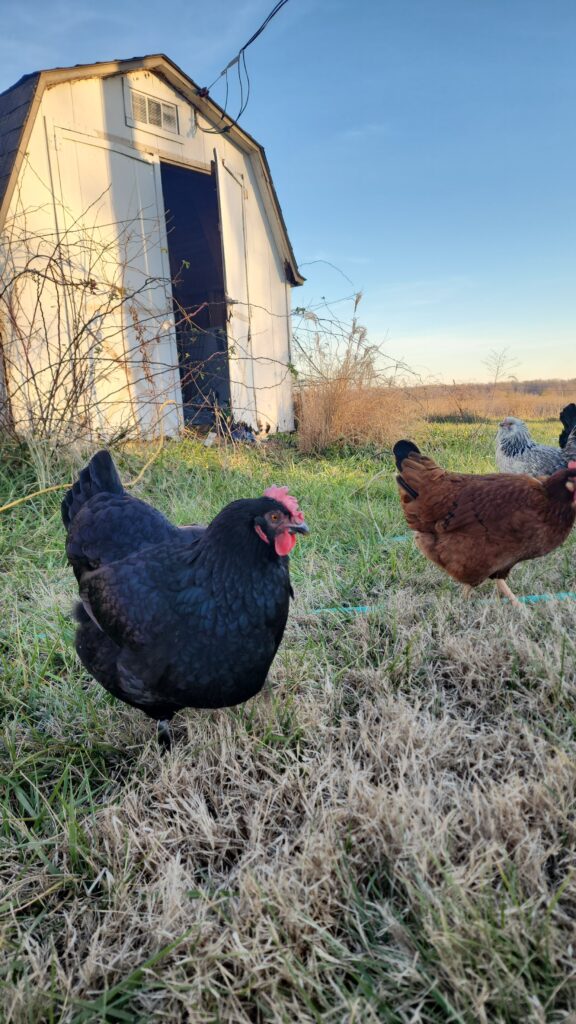
Other Tips to Help Winterize Your Chicken Coop
- Insulate: Add insulation to reduce drafts and keep the heat in. ( I added insulation inside the walls when I built the coop.)
- Protect combs: Apply a thin layer of petroleum jelly to moisturize and insulate your chickens’ combs.
- Clear snow: Clear out snow when necessary. Placing a tarp over the run helps to keep the run snow free. Our run has a metal roof which helps tremendously.
- Lock chickens up: Lock your chickens up at night and on days when the temperatures are dangerously cold (temperatures below zero or dangerous wind chills.) They will often huddle up and not be very active those days.
- Enclose the Run. We often put a tarp around the northwest side of the run to help with cold and wind whipping through the run. When we move, we will be installing plexiglass over the hardware cloth, leaving ventilation around the top. This keeps the run a warmer and a more inviting place for the chooks to run around.
I hope that this list of tips will be of great help for you when you winterize your chicken coop. If you are a new chicken mama and very nervous like I was, just know that they are BIRDS. They were made for this kind of thing and God built them to be able to withstand the cold. If you apply all of the things we talked about in this blog post, your chicks will be very warm, healthy, and comfortable all Winter long.
Best Wishes!!!
Brianna

